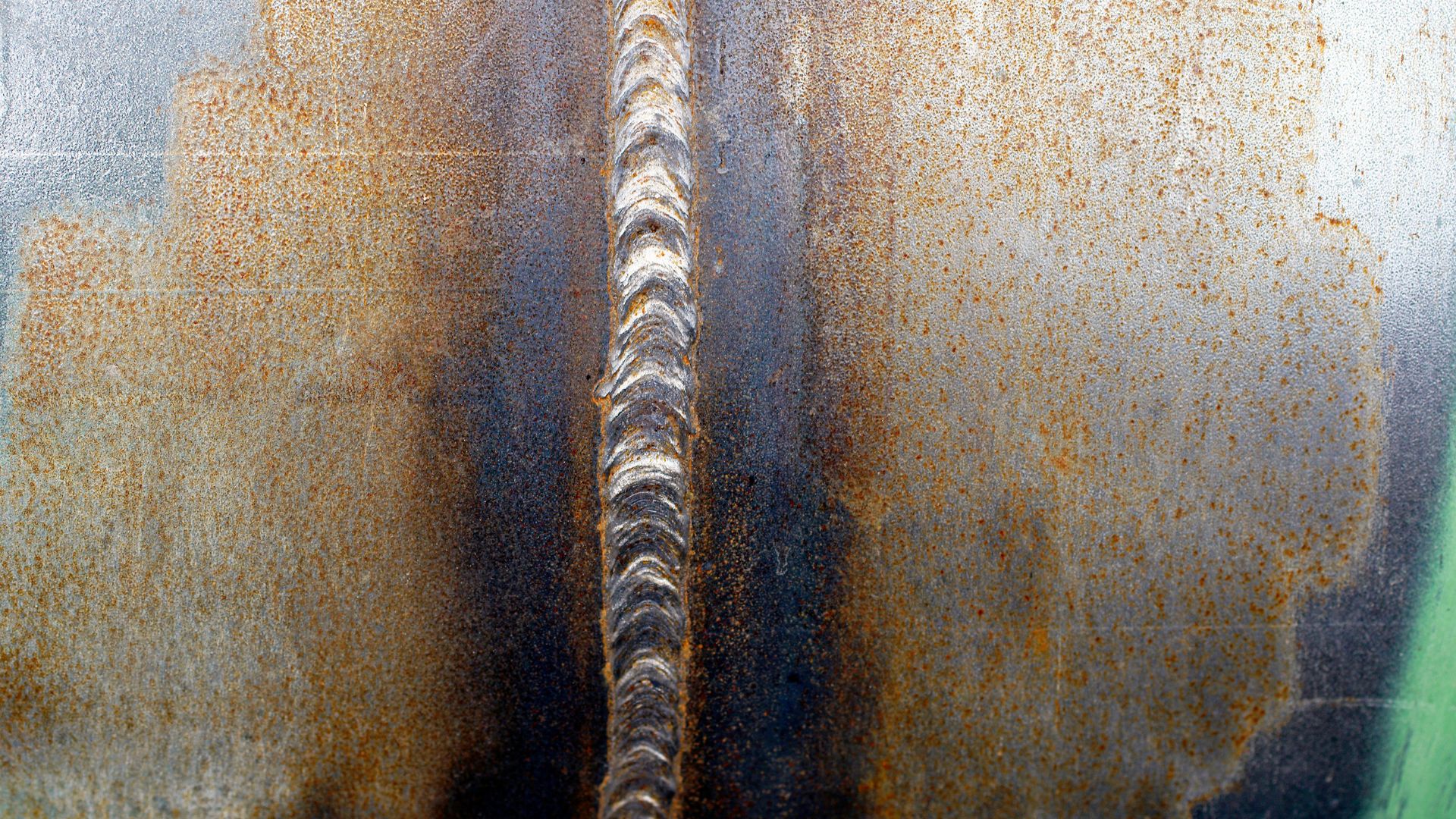Welding defects can compromise the integrity and strength of a welded structure, leading to potential failures and safety hazards. Addressing these defects promptly and effectively is crucial in maintaining the quality and reliability of welds. This article explores various methods for removing welding defects, detailing the techniques for repairing and correcting weld errors to ensure optimal performance and safety.
Common Welding Defects
Before delving into the methods for removing welding defects, it’s important to understand the types of defects that commonly occur. These include:
- Cracks: Fractures in the weld metal or heat-affected zone, often caused by excessive stress or improper cooling.
- Poreusheid: Small cavities or holes in the weld caused by trapped gas.
- Undercut: A groove melted into the base metal adjacent to the weld toe, often due to excessive welding speed or improper technique.
- Incomplete Fusion: Occurs when the weld metal does not properly fuse with the base metal or previous weld pass.
- Slag Inclusions: Non-metallic solid material trapped in the weld metal, usually due to improper cleaning or excessive slag formation.
- Overlapping: When the weld metal rolls over the base metal surface without proper fusion.
Methods for Removing and Repairing Welding Defects
- Grinding and Machining
Grinding and machining are commonly used to remove surface defects such as undercuts, overlaps, and superficial cracks.
- Grinding: Using a grinding wheel or disc to remove the defect by grinding away the excess or flawed material. This method is effective for smoothing out undercuts and overlaps.
- Machining: Involves using cutting tools to remove defects. Machining can be used to achieve a precise and smooth surface, especially for preparing the weld area for re-welding.
Procedure:
- Identify the defect and mark the area for removal.
- Use a grinding tool or machining equipment to carefully remove the defective material.
- Ensure the area is smooth and free of contaminants before re-welding if necessary.
- Gouging
Gouging is a technique used to remove deep or extensive defects such as cracks and incomplete fusion. It involves removing material by melting it with an arc or air jet.
- Arc Gouging: Uses an electric arc to melt and remove metal. Carbon arc gouging is a common method, where a carbon electrode is used to create the arc.
- Air Carbon Arc Gouging: Combines an electric arc with a high-velocity air jet to blow away molten metal, effectively removing the defect.
Procedure:
- Set up the gouging equipment, ensuring proper safety measures are in place.
- Create an arc and direct it along the defect, melting and removing the flawed material.
- Clean the gouged area to remove any remaining debris or contaminants before re-welding.
- Weld Repair
Weld repair involves re-welding the defective area to correct issues such as incomplete fusion, porosity, and cracks. This method is often used after grinding or gouging has been performed to prepare the area.
- Partial Repair: Re-welding only the defective section.
- Full Repair: Removing the entire weld and re-welding the joint.
Procedure:
- Prepare the defective area by grinding or gouging to remove the flawed material.
- Clean the area thoroughly to remove any contaminants.
- Re-weld the area using appropriate welding parameters and techniques to ensure proper fusion and defect-free welds.
- Inspect the repaired weld to ensure it meets quality standards.
- Peening
Peening is a mechanical process used to relieve stress in the weld area and prevent the formation of cracks. It involves striking the weld surface with a peening hammer or tool to create compressive stresses.
- Manual Peening: Using a hand-held hammer to strike the weld surface.
- Mechanical Peening: Using automated tools to apply peening uniformly.
Procedure:
- Identify the areas prone to stress and cracking.
- Use a peening tool to strike the weld surface, creating compressive stresses that counteract tensile stresses.
- Continue peening until the desired stress relief is achieved.
- Heat Treatment
Heat treatment is used to address defects related to stress and microstructural issues. It involves heating the welded area to a specific temperature and then cooling it under controlled conditions.
- Post-Weld Heat Treatment (PWHT): Used to reduce residual stresses and improve the microstructure of the weld.
- Voorverwarmen: Heating the base metal before welding to reduce the cooling rate and minimize the risk of cracking.
Procedure:
- Determine the appropriate heat treatment process and parameters based on the material and defect type.
- Apply heat uniformly to the weld area using appropriate equipment (e.g., furnaces, torches).
- Maintain the required temperature for a specified duration, then allow the area to cool under controlled conditions.
- Nondestructive Testing (NDT) and Inspection
Nondestructive testing is essential for identifying and assessing welding defects without damaging the weld. Common NDT methods include:
- Ultrasonic Testing (UT): Uses high-frequency sound waves to detect internal defects.
- Radiographic Testing (RT): Uses X-rays or gamma rays to create an image of the weld’s internal structure.
- Magnetic Particle Testing (MT): Detects surface and near-surface defects in ferromagnetic materials.
- Dye Penetrant Testing (PT): Reveals surface defects by applying a dye and developer to the weld.
Procedure:
- Select the appropriate NDT method based on the type and location of the defect.
- Perform the test according to industry standards and guidelines.
- Analyze the results to determine the presence and extent of defects.
- If defects are found, use the appropriate repair method to correct them.
Conclusie
Removing welding defects and ensuring the quality of welds is crucial for the safety and reliability of welded structures. Various methods, including grinding, gouging, weld repair, peening, heat treatment, and nondestructive testing, provide effective solutions for addressing and correcting weld defects. By employing these techniques, industries can maintain high standards of weld quality, ensuring the structural integrity and longevity of their products. Understanding and applying these methods is essential for welders, inspectors, and engineers dedicated to producing defect-free, high-quality welds.

